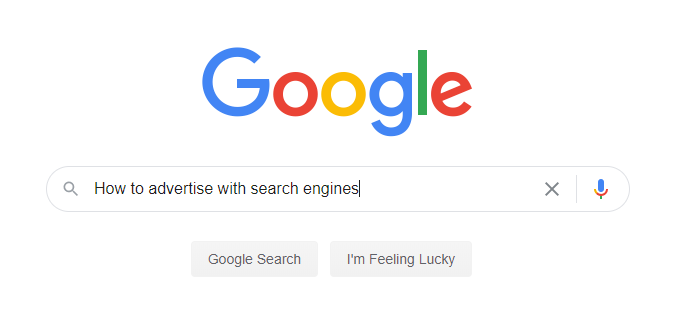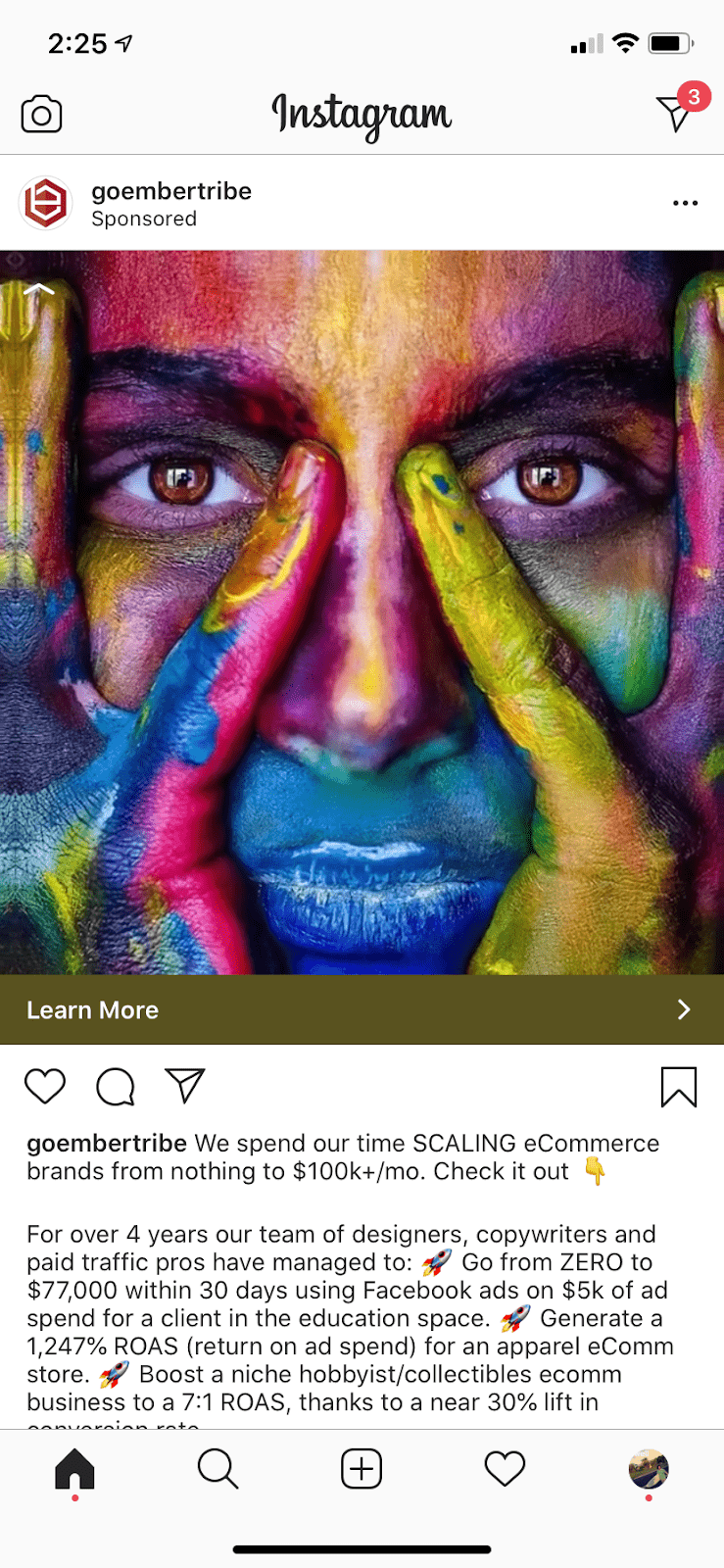Social media networks are a powerful tool for building a brand and sharing content. If your business hasn’t explored the many uses of social media platforms to reach audiences, you might be missing out on a lot of potential engagements.
Our World in Data reports that one in three people use social media platforms. And that’s a worldwide statistic, meaning that billions of people are active social media users.
.png)
The graph above shows the upward growth of social media platforms internationally. It’s easy to see why social media advertising is a worthy investment for many businesses. The potential for reaching new customers is seemingly endless!
According to a Statista study, we should expect “further monetization of social networks and messenger apps.”
“The integration of shopping and payment solutions into social networks combined with exact localization will increase user engagement, conversions, and performance of advanced targeting.” (Statista)
Successful advertising on social media is an art and a science.
Advertisers spend a lot of time and energy on eye-catching creative and engaging copy--but what good is that when no one is actually seeing your work? This is where social media advertising requires a bit of a mad scientist.
Each platform comes with its own insights, audiences, and advertising capabilities.
Take Facebook ad targeting, for example. With Facebook, advertisers can adjust target audience rules by location, consumer behavior, demographics, connections, and interests. Those are a lot of variables to work with!
Take time to understand user experience.
User engagement varies by social media platform. This is important for advertisers to take into consideration before running paid ads.

A 2018 study in the Journal of Advertising identified the different engagement dimensions for some of the most popular platforms. If Youtube is associated with entertainment by its users, running an advertisement for funeral homes might not make the most sense. If you are trying to advertise something current and/or topical, Pinterest shouldn’t be your first choice.
Take time to select the right social media platforms for your brand. Assess what platforms align with your product type or service and can effectively carry out your advertising goals.





.png)
.png)







